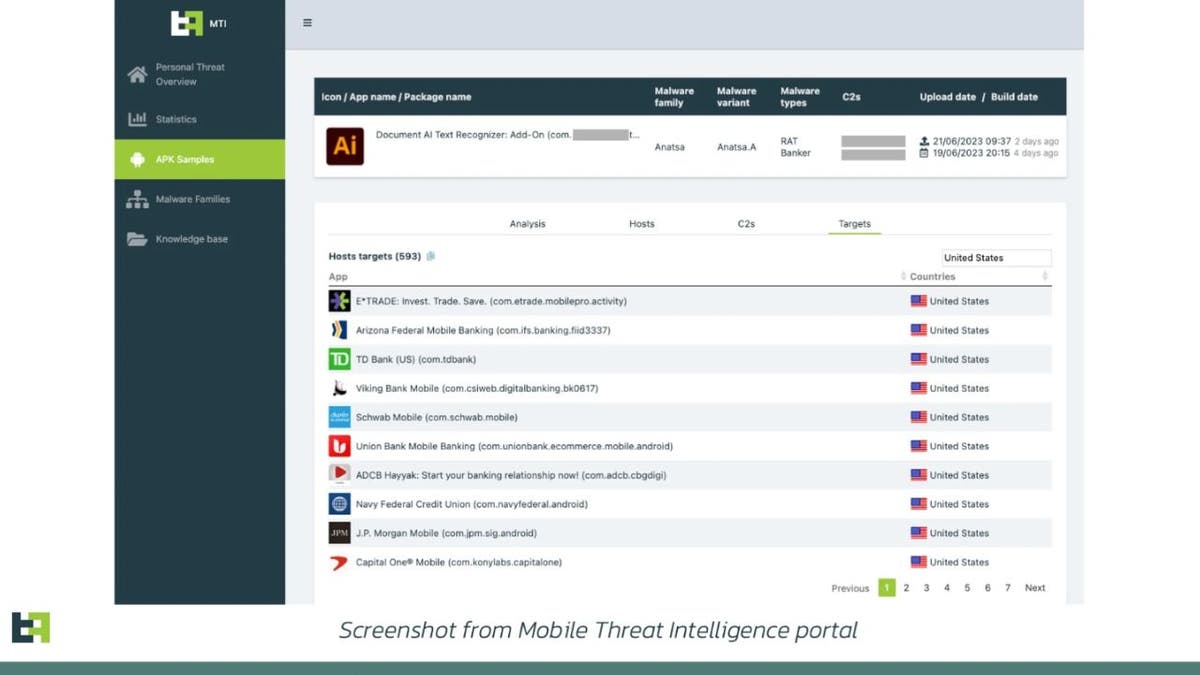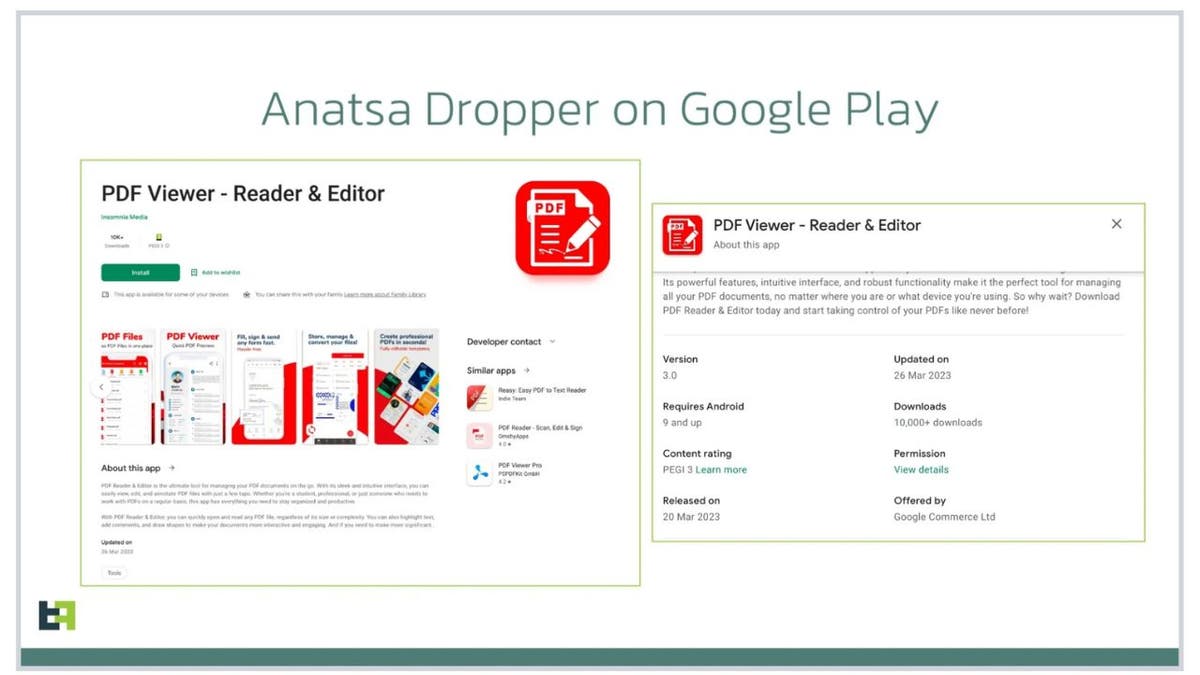Our Android smartphones have become indispensable tools, managing everything from communication to finances. However, this convenience comes with risks, as highlighted by the resurgence of the Anatsa banking trojan. This malware targets Android devices, posing a significant threat to our financial security.
The Anatsa Threat
Since March 2023, Anatsa has impacted users across the U.S., U.K., Germany, Austria, and Switzerland. This isn't its first appearance; in 2021, the malware saw over 300,000 downloads. Now, it's back with enhanced capabilities, targeting nearly 600 financial apps, including those from major institutions like JP Morgan, Capital One, and TD Bank. The trojan operates by taking over legitimate banking apps and conducting fraudulent transactions directly on the infected device.

In 2021, Anatsa malware was downloaded over 300,000 times.
Evading Security
The creators of Anatsa employ a deceptive tactic: they initially submit clean productivity apps (like PDF editors) to Google Play. Once approved, they inject the malware, bypassing Google's security measures. This allows the malicious apps to appear legitimate, increasing the likelihood of downloads.
How Anatsa Steals
After infecting a device, Anatsa collects sensitive financial data, including bank credentials, credit card details, and payment information. It achieves this through overlays that mimic legitimate banking app interfaces. Unlike traditional malware that simply steals data, Anatsa performs fraudulent transactions directly on the device. Stolen funds are then converted into cryptocurrency and laundered through a network of money mules.
Malicious Apps to Watch Out For
ThreatFabric identified several malicious apps used to distribute Anatsa, including various PDF readers and document editors. While these apps have been removed from the Google Play Store, users who previously downloaded them should uninstall them immediately.

While Google Play Protect offers some defense, it's not foolproof.
Uninstalling Apps on Android
To uninstall an app, navigate to Settings > Apps, select the app, and tap Uninstall.
Google's Response and Further Protection
Google has removed the identified malicious apps and banned the developers. Google Play Protect offers built-in malware protection, but it's not entirely foolproof. Therefore, additional security measures are crucial.
The Importance of Antivirus Software
Investing in reputable antivirus software is highly recommended. This provides an extra layer of defense against malware and phishing attempts, preventing hackers from accessing your personal information.

Video reviews can be helpful in assessing app legitimacy.
Additional Security Practices
Exercise caution when installing new apps. Check reviews and ratings, paying particular attention to video reviews, which are more difficult to fake. Staying informed about emerging threats is also vital.








